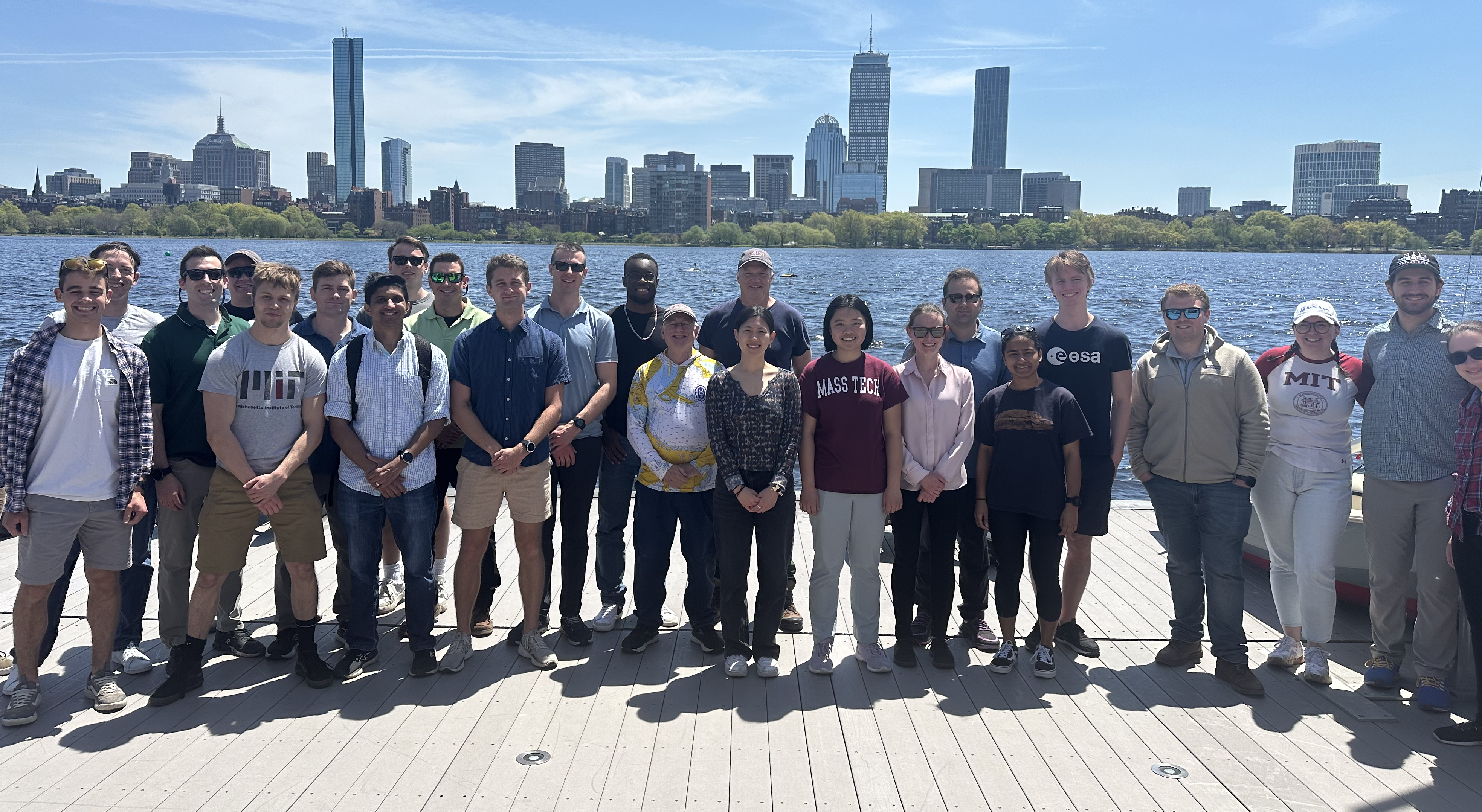MIT 2.680 - Unmanned Marine Vehicle Autonomy, Sensing and Communications
Spring 2026

Lecture: TR930-1030
Lab: TR1030-1230, 130-230
Office Hours: TBD
Prereq: Permission of instructor
Units: 2-6-4
Room: at MIT Beaverworks: NE45-202c
MIT Piazza website: https://piazza.com/mit/spring2025/2680/home
Office Hours (Tyler) Fri 10-11am
Office Hours (Conlan) by request
Class Video Spring 2017: YouTube
2.680 in the News: MIT Press Release
Course 2 catalog: here
Approved course in MIT SDM System Design Management Program
Instructor: Michael Benjamin
Co-Instructor: Tyler Paine
TAs: Conlan Cesar

Course Description
This course covers basic topics in autonomous marine vehicles, focusing mainly on software and algorithms for autonomous decision making (autonomy) by underwater vehicles operating in the ocean environments, autonomously adapting to the environment for improved sensing performance. It will introduce students to underwater acoustic communication environment, as well as the various options for undersea navigation, both crucial to the operation of collaborative undersea networks for environmental sensing. Sensors for acoustic, biological and chemical sensing by underwater vehicles and their integration with the autonomy system for environmentally adaptive undersea mapping and observation will be covered. The subject will have a significant lab component, involving the use of the MOOS-IvP autonomy software infrastructure for developing integrated sensing, modeling and control solutions for a variety of ocean observation problems, using simulation environments and a field testbed with small autonomous surface craft and underwater vehicles operated on the Charles River.

M. Benjamin, H. Schmidt

Education Objectives of the Course
- Understand the relationship between autonomy, sensing, navigation and control on an un- manned marine vehicle.
- Field an autonomous system, from mission and software configuration planning, mission monitoring of activities, launch and recovery of the vehicle and post-mission analysis and debugging techniques.
- Augment the baseline vehicle autonomy software with student developed modules, tested and verified in simulation prior to field exercises.
- Understand common vehicle sensors, and sensor processing algorithms, and how mission autonomy affects the quality of sensor gathering algorithms.
- Use several modes of inter-vehicle communications, and understand the strengths and weaknesses of each mode in terms of latency, bandwidth, reliability and cost, as it relates to effectively configuring a vehicle mission needing connectivity between platforms and humans.
- Understand the basic tools needed to effectively develop software for robotic platforms in a group environment, and resolve conflicts and adhere to group goals in the software cycle.
Questions? mailto:mikerb@mit.edu
